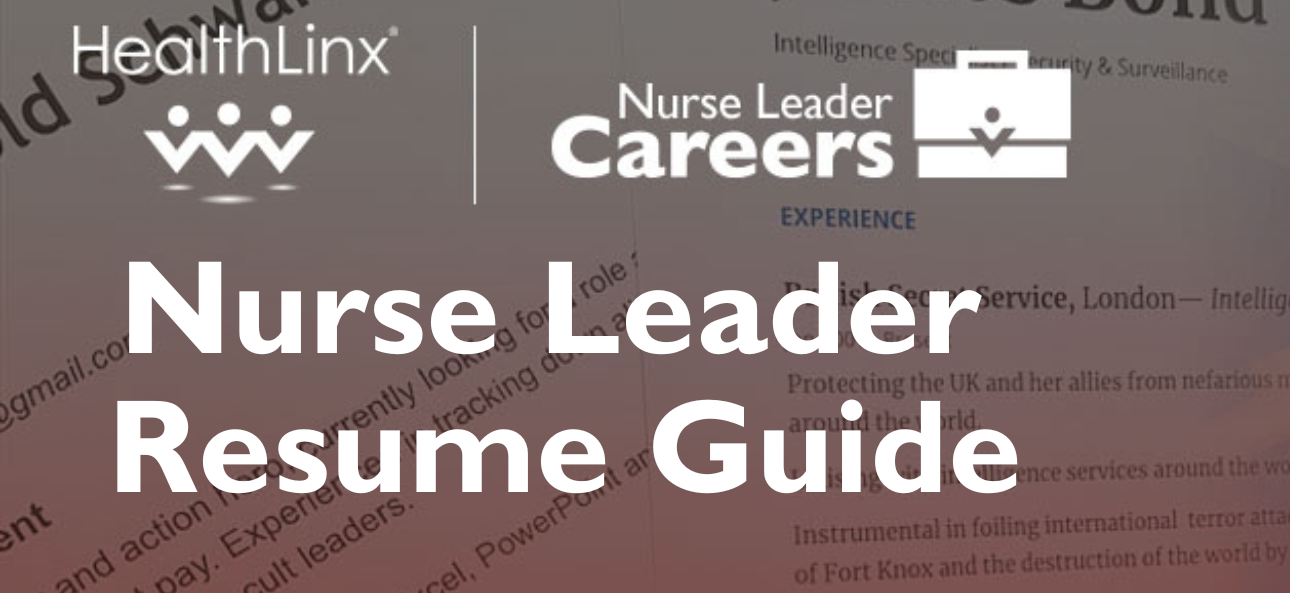|
Let HealthLinx help you understand what hiring authorities are looking for in a resume. Below are essential tips to help you catch the interest of employers and secure an interview. 1. REMEMBER the PurposeWhen applying for jobs, it’s easy to submit as many applications as possible with the hope of receiving at least one call. However, as hard as it may seem taking the time to review and update your resume with intention, will lead to better results in less time. The goal of a Resume/CV is to engage your readers interest through key metrics and experience that will differentiate you from other candidates. When crafting or updating your resume, put yourself in the shoes of your employers, what out of your skillset & experience would be most impactful to the desired role? Ask yourself the questions that would likely be included in an interview regarding your skillset while updating your resume. The fewer questions left unspoken for in your resume, the more likely you are to land the interview. 2. UNDERSTAND the DifferenceThe main difference between a Resume and a CV (Curriculum Vitae) is length. A Resume is intended to be brief. Resumes highlight an overview of your achievements, accreditations, work & academic experience, and is generally only 1-2 pages long. Resumes are meant to highlight the skillset you bring that best matches the desired role you are applying for. This means with every new job application, your resume should change slightly to best match the job qualifications. A CV on the other hand is meant to showcase your experience on a deeper level, detailing education, academic achievements, any publications, awards or honors. CVs can be anywhere from 3-8+ pages long and generally remains static and is not intended to be changed to fit any specific role. CV’s are generally used when applying for positions in academia, fellowships, or grants. 3. FORMAT is KeyWhen formatting a Resume you should focus on consistency with font type, color, and size. Be sure to double check the spacing and page breaks. Use bullets to elaborate on your accomplishments beneath each position and within each description be sure to use the proper verb tense. i.e. If it is previous experience, use past tense and if it’s for a current role, use present tense. Also when using bullets, keep in mind to use either full sentence or fragmented sentences in the bullet points, do not use a mix of both. This is a good time to test if your format flows well and makes sense to the reader. See if a friend can review it for you to provide feedback. 4. DISPLAY Your Credentials ProperlyWhen in healthcare it is common to have multiple certifications and degrees, so how do we properly display these so that hiring officials will see what stands out to them the fastest? Below is the preferred order:
An example of properly displayed credentials: Karen Smith, MSN, RN, CCRN-K 5. CREATE a Strong Career SummaryAfter your credentials are presented on your resume your career summary, or “objective statement,” comes next. This section is used to communicate with your prospective job or organization. This section is meant to be found easily at the top with a header displayed “Career Summary”. Here you will have a high impact statement that is 2-3 sentences long where you summarize your experience & qualifications that set you apart as well as your own goals so that organizations can get a better understanding of what you bring to the table & are looking to achieve. Example Forward-thinking Nurse Manager with 12 years of progressive experience in both acute care hospital and ambulatory settings. Recognized as a thought leader, strategic planner, and a facilitator of change providing an innovative vision for future roadmaps while navigating complex challenges. Fosters collaboration and engagement with team members, physicians, and key stakeholders to advance clinical and quality outcomes. 6. TAILOR Multiple VersionsHaving multiple versions to highlight applicable achievements and experience is an advantage and important, especially for those who have an extensive background. Prior to submitting an application, review the experience you’ve highlighted and compare it to the job you are applying for. Include information that would be more applicable to the role itself, relevant information can outweigh most recent experience. When tailoring it is also important to review your grammar, remember to avoid personal pronouns, begin with the action itself, i.e. “Created standardized processes that resulted in $385,000 cost recapture for ED.” Also be sure to use an appropriate email for employers to contact you, avoid an email address that uses nicknames or too many numbers. 7. SHOWCASEThe seventh and arguably most important tip is to highlight your achievements with numbers & monetization. Tracking your achievements can be difficult but the pay off is high, so if you know your department experienced improvements during your tenure due to your efforts, be sure to highlight them!
HealthLinx works with nurse leaders across the country from manager to executive level to help them find new interim and permanent placement opportunities. If you are interested in receiving one-to-one help on your resume or have questions regarding our leadership placement opportunities, fill out the form below.
|



